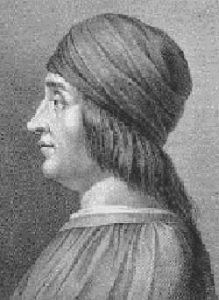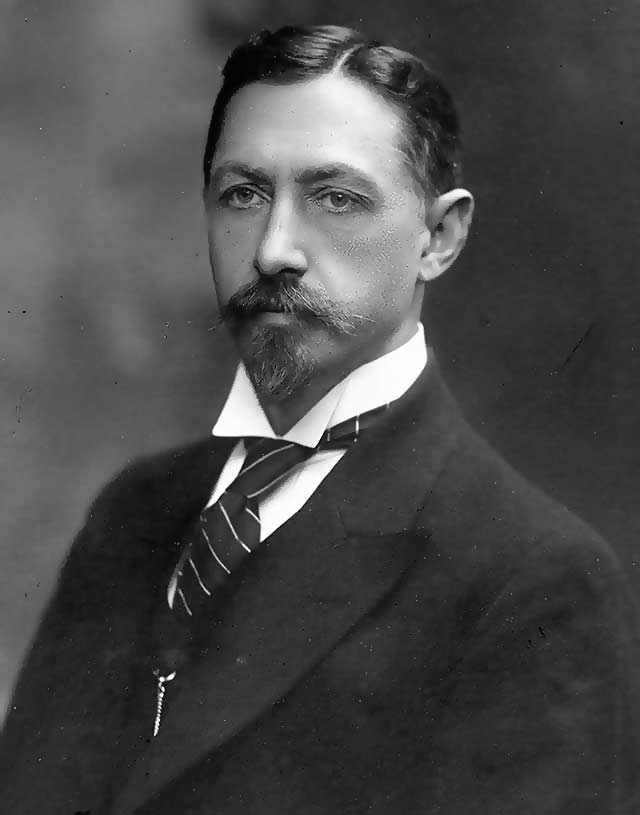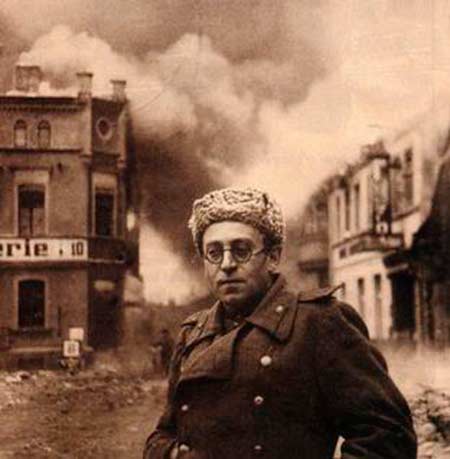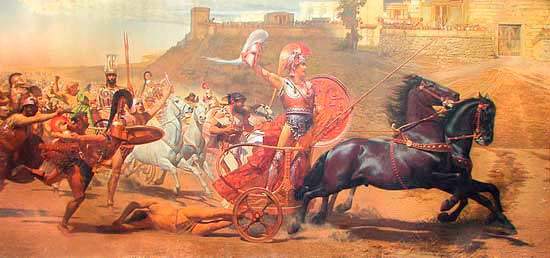Boyardo, Matteo Maria, and his “Roland in Love”
 Matteo Maria Boyardo (1434 or 1441-1494) was descended from a noble surname, who zealously served the Este family (who owned Ferrara and Modena) and received from him in 1423 fief possession the county of Scandiano. Count Matteo Maria Boyardo studied in Ferrara, acquired a thorough acquaintance with Greek and Latin literatures, received the degree of Ph.D. and jurisprudence. The dukes of ferrara showed great respect for him; he married a girl from the Gonzag dynasty. From 1478 until his death, he almost continuously served as ruler of Reggio (in Lombardy). Modern lawyers blamed him for being too gentle, saying that he is better able to write poetry than to punish crimes. In addition to his huge epic poem, he wrote many sonnets, the canzon and the drama “Timon” (the content of which is taken from Lucian), translated into Italian by Herodotus, Xenophon and Apuleius.
Matteo Maria Boyardo (1434 or 1441-1494) was descended from a noble surname, who zealously served the Este family (who owned Ferrara and Modena) and received from him in 1423 fief possession the county of Scandiano. Count Matteo Maria Boyardo studied in Ferrara, acquired a thorough acquaintance with Greek and Latin literatures, received the degree of Ph.D. and jurisprudence. The dukes of ferrara showed great respect for him; he married a girl from the Gonzag dynasty. From 1478 until his death, he almost continuously served as ruler of Reggio (in Lombardy). Modern lawyers blamed him for being too gentle, saying that he is better able to write poetry than to punish crimes. In addition to his huge epic poem, he wrote many sonnets, the canzon and the drama “Timon” (the content of which is taken from Lucian), translated into Italian by Herodotus, Xenophon and Apuleius.
During the life of Matteo Boyardo did not print his works. Only the first two books of his poem were published (in Venice in 1486); but probably without his consent. In its full composition, the poem was published after the death of the author by his son Camillo; her name is Roland in Love, Orlando Innamorato. It consists of three books. The first book, which has 29 songs, tells how Roland fell in love with Angelica, the ruler of the city of Albracca, about the siege of this city, about the exploits of the heroes besieging or defending Albracca; The second book, consisting of 31 songs, tells about the war of the African kings against Charlemagne and how Ruggiero, the ancestor of the Este dynasty, was found. The second book Boyardo finished in 1481. Boyardo wrote the third book of Roland in Love slowly and managed to write only 9 songs; his work was interrupted by the French invasion, which he mentions in the last verses. Soon after, he died (December 21, 1494). His lyric poems show that he was completely proficient in the Tuscan dialect, which from the fourteenth century had become the literary language of all Italy; but Boyardo wrote his poem not in this language in pure literary form. He uses many obsolete and provincial expressions, especially Lombard expressions. So they said at the Ferrara court in his time. This bad language has severely damaged the original of the poem. Francesco Bernie, having shifted it to a pure literary language, completely superseded the original from use, so that after the edition of Bernie’s editors, he did not have a single new edition before our time.
Like other Italian epic poets, Matteo Boyardo followed medieval poems. Together with their authors, he refers to the fabulous history of the Archbishop Turpin, which Pope Calixtus II declared in 1122 as a reliable story belonging to Turpin, indeed. Boyardo did not believe this fairy tale and usually refers to it in such episodes, the absurdity of which is obvious (so did Ariosto afterwards); sometimes the irony is perfectly clear when referring to Turpin about the mention of the exploits of Alexander the Great. Boyardo leaves the manners of his characters as they are outlined in medieval poems, does not want to make them less rude. Karl, like the author of medieval poems, has a hot-tempered, mean-spirited old man, who then curses his paladins, or flatters them. One day, angry at their disobedience, he grabbed a stick and “smashed more than thirty heads.” He deceives lovers Roland (Orlando) and Rinaldo, promising each of them Angelica’s hand, so that both of them would serve him more faithfully.
But former poems exhibited Roland only as a fighter for Christianity, and Boyard, who was familiar with other cycles of romantic legends, and especially with the cycle of legends about Arthur, introduced love into his poem. Former poets portrayed Roland as insensitive to love; he even lived with his wife Alda, as with his sister. Boyardo mentions Alde; but Roland falls in love with the Chinese princess Angelica who came to the court of Charles. His passion for her is so strong that he loses his mind in the fight with his rival Ferragu. (On this new feature of the story about Roland founded his poem Ariosto). In the previous epics, the characters of Roland and other heroes were all the same; Boyardo gave them variety. For example, Astolfo is conceited, loves luxury; Rodomonto is a wicked one. Thanks to this diversity, the story of their exploits does not bore us with monotony, although they are constantly fighting; the descriptions of the battles of Paris, Albracca and Egmort are very much alive; they are better than the descriptions made by Tasso and Ariosto, speaking of tournaments and fights only by rumors; Boyardo is well acquainted with these matters as an eyewitness.
The plan of the poem of Boyardo is such that if he had brought it to the end, then in the second half, Ruggiero would have become the main character instead of Roland, as we find in Ariosto. Ruggiero is the ancestor of the Este dynasty, a descendant of Hector. Boyardo, like Virgil, takes the side of Hector and exposes Achilles’ victory over him by the result of betrayal. From the episodes of the poem Boyardo, the story of the fairy Morgan is especially famous, which must be grasped by a lock of front hair in order to become happy.



